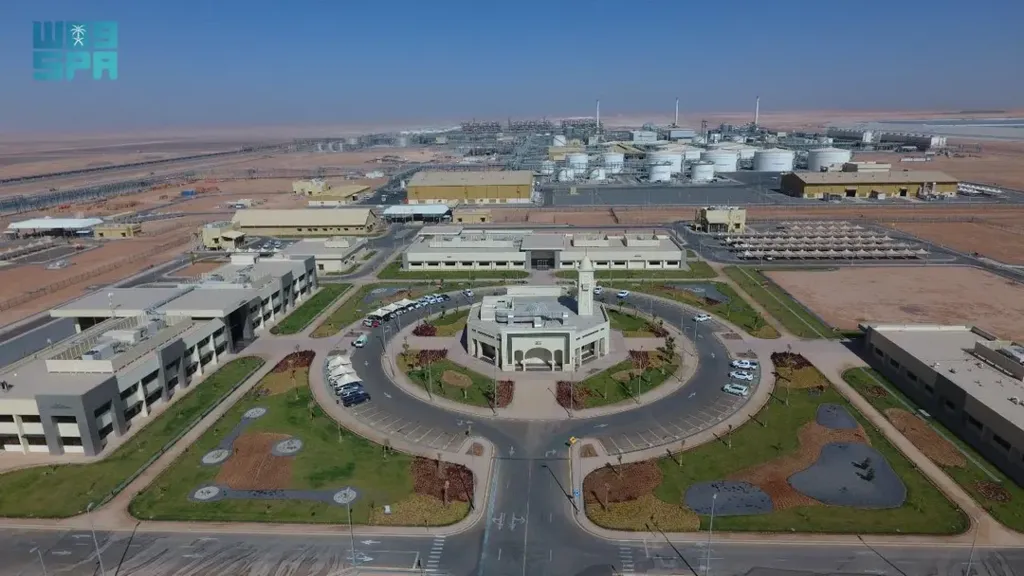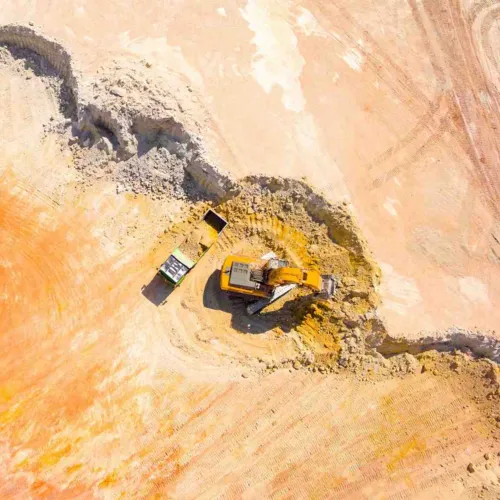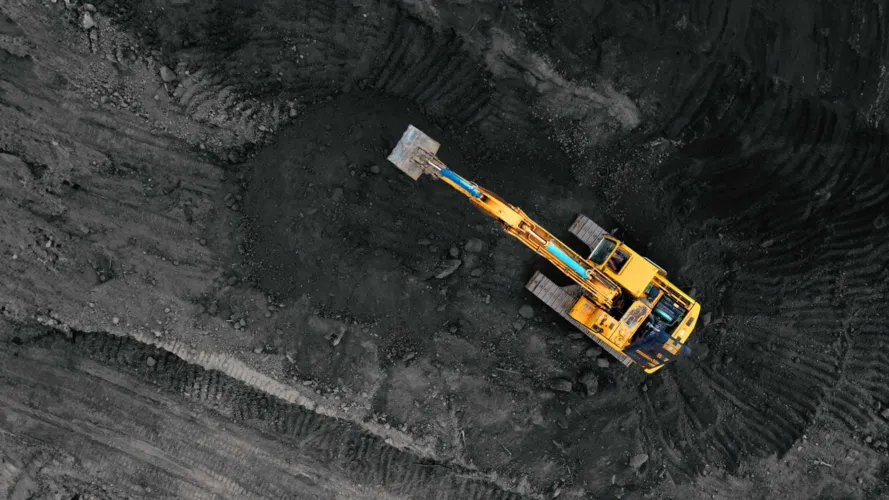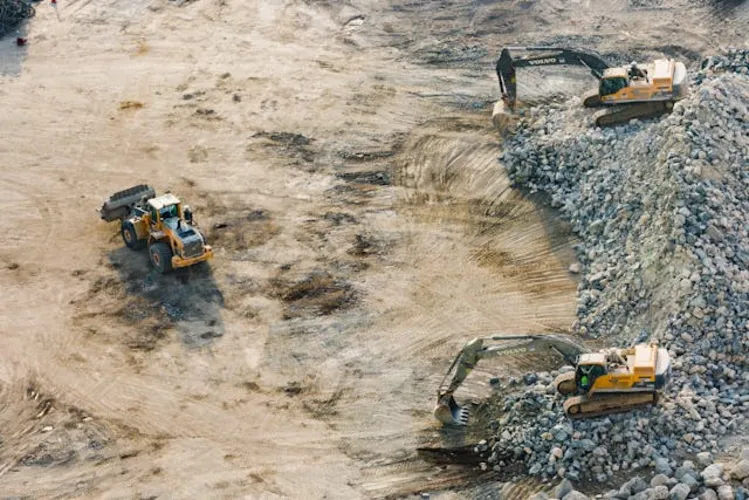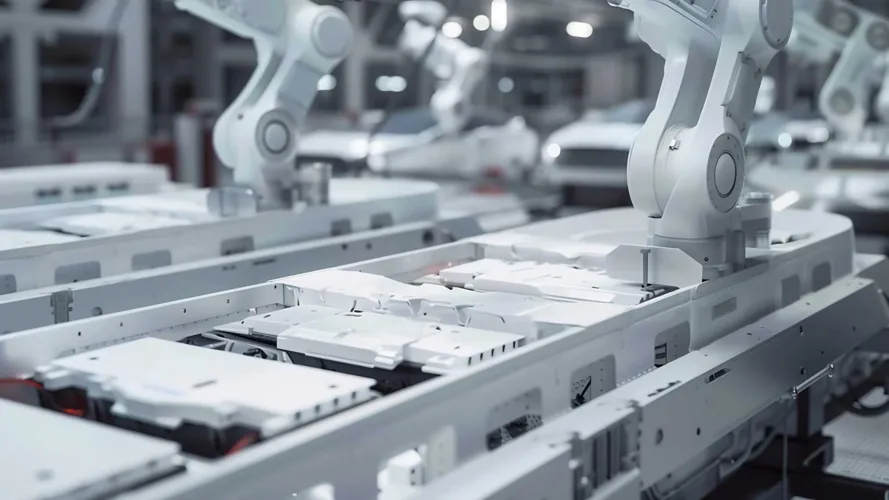2.7 Billion Ton Reserves Anchor Saudi Phosphate Mining
Saudi Arabia’s phosphate sector has emerged as one of the Kingdom’s most strategic industries, underpinned by reserves estimated at 2.7 billion tons. Concentrated largely in the Northern Borders Province, these deposits represent about 7% of global phosphate reserves, particularly in Turayf’s Wa’ad al-Shamal City. Annual production currently stands at around 3 million tons of phosphate ore, positioning the Kingdom as a global heavyweight in the fertilizer supply chain.
199% Growth in Phosphate Exploitation Between 2014–2019
The pace of Saudi Phosphate Mining has accelerated dramatically in the past decade. According to the General Authority for Statistics, phosphate exploitation surged by 199.11%, rising from 1.9 million tons in 2014 to 5.7 million tons in 2019. This growth reflects not only rising domestic demand for fertilizers but also the Kingdom’s strategic push to expand exports. The development of industrial hubs such as Wa’ad al-Shamal and Ras al-Khair has been central to this transformation, enabling large-scale processing and global distribution.
Discovery in 1983 to First Export in 2017: A Long-Term Play
Phosphate ore was first discovered in 1983 at Hazm al-Jalamid, with additional deposits identified at Umm Wu’al and al-Khabra. Yet it wasn’t until 2017 that Saudi Arabia exported its first shipment of phosphate. Today, exports reach 16 countries, including India, Bangladesh, Brazil, Australia, and several East African nations. This long-term development strategy underscores the Kingdom’s methodical approach to building a globally competitive phosphate industry.
Ma’aden: Driving Force Behind Saudi Phosphate Mining
The Saudi Arabian Mining Company (Ma’aden) has been entrusted with spearheading the phosphate sector. By 2020, Ma’aden had become the second-largest exporter of phosphate fertilizers globally, producing diammonium phosphate, monoammonium phosphate, ammonia, sulfuric acid, phosphoric acid, and composite fertilizers. Its joint ventures—Ma’aden Phosphate Company (MPC) with SABIC and Ma’aden Wa’ad al-Shamal Phosphate Company (MWSPC) with SABIC and Mosaic—have created a vertically integrated ecosystem that spans mining, processing, and export.
Wa’ad al-Shamal: $80 Billion Industrial Hub for Phosphate
The Wa’ad al-Shamal Industrial City, inaugurated in 2018, has become the beating heart of Saudi Phosphate Mining. Spanning 440 square kilometers, the city has attracted investments exceeding SAR 80 billion. Of this, 150 square kilometers are dedicated to Ma’aden’s phosphate projects, including ammonia plants with 1.1 million tons annual capacity, ore concentration facilities, sulfuric and phosphoric acid plants, and integrated logistics infrastructure. This industrial hub is not only a production powerhouse but also a symbol of Saudi Arabia’s economic diversification under Vision 2030.
$922 Million in New Contracts to Expand Capacity
In January 2025, Ma’aden awarded $922 million in construction contracts to Chinese and Turkish firms for its “Phosphate 3” project. Once completed, this expansion will add 3 million tons per year to existing capacity. The contracts cover major construction at Ras al-Khair and Wa’ad al-Shamal, reinforcing the Kingdom’s commitment to scaling production and meeting global demand.
Human Capital and Logistics: Building for the Future
Saudi Phosphate Mining is not only about minerals—it is also about people and infrastructure. Ma’aden has invested in the Saudi Mining Polytechnic, graduating over 1,000 specialists, including women, to strengthen local expertise. Additionally, the 1,500 km mining railway operated by Saudi Arabia Railways (SAR) connects northern mines to Ras al-Khair Port, the primary export hub on the Arabian Gulf. This integrated logistics system ensures efficiency from mine to market.
Strategic Role in Vision 2030
Phosphate is a cornerstone of the National Industrial Development and Logistics Program (NIDLP), one of the flagship initiatives of Vision 2030. By expanding phosphate production and exports, Saudi Arabia is reducing reliance on oil revenues while reinforcing its role as a global supplier of agricultural inputs. With reserves, infrastructure, and investment momentum, Saudi Phosphate Mining is set to remain a critical pillar of the Kingdom’s economic diversification strategy.
Also Read: Saudi Mining Licenses Surge: 144% Growth in H1 2025
FAQs on Saudi Phosphate Mining
1. How much phosphate reserve does Saudi Arabia hold?
Saudi Arabia’s phosphate ore reserve is estimated at 2.7 billion tons, with about 7% of the world’s reserves located in the Northern Borders Province, particularly in Wa’ad al-Shamal.
2. What is the annual production capacity of Saudi Phosphate Mining?
The Kingdom currently produces around 3 million tons of phosphate ore annually, with expansion projects like Phosphate 3 expected to add another 3 million tons per year.
3. When did Saudi Arabia begin exporting phosphate?
Although phosphate was discovered in 1983, the first shipment of phosphate was exported in 2017. Today, exports reach 16 countries, including India, Bangladesh, Brazil, Australia, and several in East Africa.
4. Which companies lead Saudi Phosphate Mining operations?
The sector is led by the Saudi Arabian Mining Company (Ma’aden), in partnership with SABIC and Mosaic through joint ventures such as the Ma’aden Phosphate Company (MPC) and Ma’aden Wa’ad al-Shamal Phosphate Company (MWSPC).
5. How does Saudi Phosphate Mining support Vision 2030?
Phosphate is a key component of the National Industrial Development and Logistics Program (NIDLP) under Vision 2030. By expanding phosphate production and exports, Saudi Arabia reduces reliance on oil revenues and strengthens its role as a global fertilizer supplier.
6. What infrastructure supports Saudi Phosphate Mining exports?
The 1,500 km mining railway connects northern mines to Ras al-Khair Port on the Arabian Gulf, which serves as the primary export hub for phosphate fertilizers.
7. How much investment has gone into Wa’ad al-Shamal Industrial City?
Wa’ad al-Shamal has attracted investments exceeding SAR 80 billion, making it a cornerstone of Saudi Arabia’s phosphate and mining renaissance.

